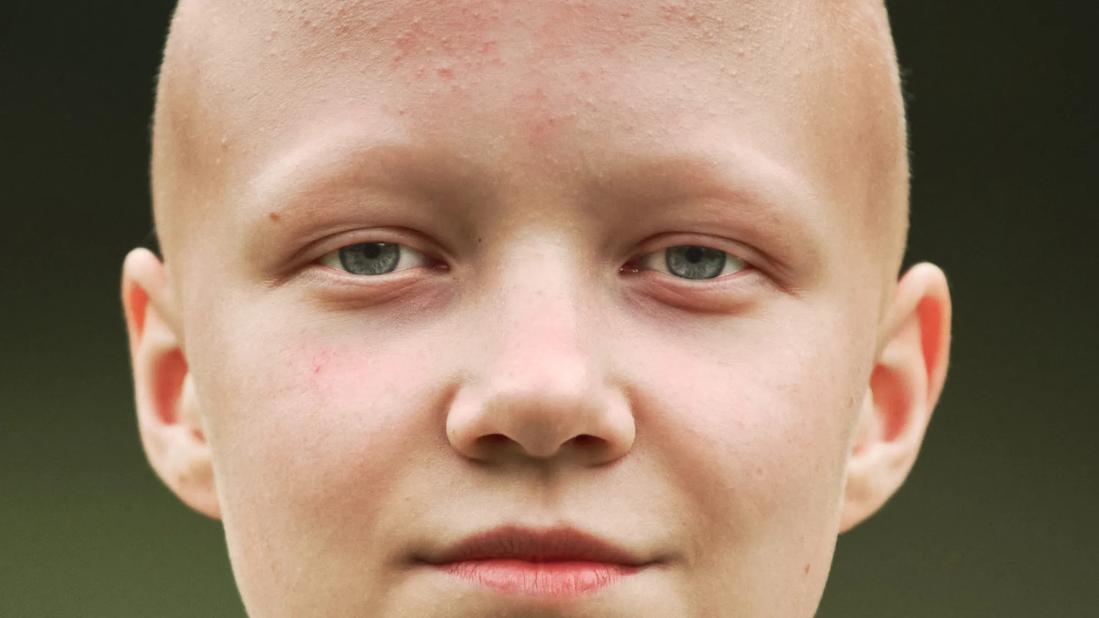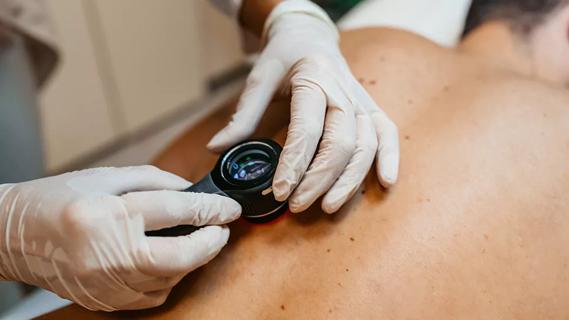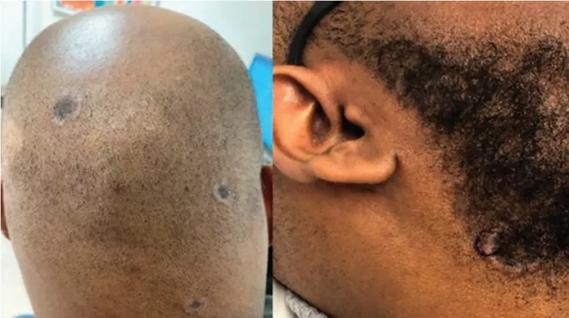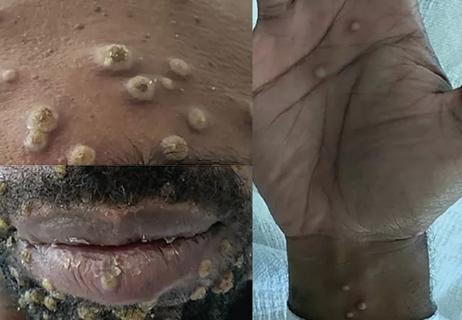Consensus on an unpredictable, inconsistent disease

Alopecia areata (AA) is an unpredictable disease. Hair loss can occur in only a few spots or all over the head (alopecia areata totalis), or all over the body (alopecia areata universalis). In some patients, hair grows back. In others, hair grows back but then falls out again. Generally the hair follicles are not totally lost.
Advertisement
Cleveland Clinic is a non-profit academic medical center. Advertising on our site helps support our mission. We do not endorse non-Cleveland Clinic products or services. Policy
In addition to inconsistent presentation, there has been no consensus on how to treat the condition — although multiple (off-label) treatments are available.
With today’s electronic medical records and collaborative databases, as well as the potential for FDA approval of new medications for AA, the time is ripe to collect comparative clinical data. But clinicians can’t do it without setting some standards first, says Wilma Bergfeld, MD, senior dermatologist and Emeritus Director of Dermatopathology at Cleveland Clinic.
Dr. Bergfeld was part of a group of hair disorder experts that recently published their recommended standards for diagnosing, assessing and tracking treatment outcomes of patients with AA in the Journal of the American Academy of Dermatology.
Based on literature review and the group’s expert opinions, the new recommendations outline standards for diagnosing AA, based on characteristic and supportive features, such as exclamation point hairs and fine pitting of nails.
Recommendations for evaluation include:
Advertisement
To assess AA progression and/or treatment outcomes, the group recommends using one or more of these methods:
“In addition to assessing the condition, it’s important to assess patient expectations and quality of life,” says Dr. Bergfeld. “That can involve helping patients self-assess their hair loss — which can vary by their perception of it and ability to camouflage it.”
Because hair loss and regrowth occur gradually, photographing the patient’s progression is also important, she notes.
Determining end points is another variable and highly subjective area, yet one that must be quantified in order to accurately assess outcome. The group defines the primary end point as change in hair growth from baseline, as assessed by the physician.
Advertisement
“Achieving 100 percent hair regrowth isn’t always feasible because the targeted therapies may not be precise enough,” says Dr. Bergfeld. “Instead, we suggest a 50 percent improvement in SALT or ALODEX score as a reasonable target for AA treatment.”
How long it takes hair to regrow varies by treatment: three to four months for topical medications like corticosteroids, four to six weeks for intralesional steroids, although growth may not be uniform. Systemic medications can provide more consistent overall growth in four to six weeks.
“It takes at least 12 weeks to determine the efficacy of an AA treatment,” says Dr. Bergfeld. “So, don’t stop treatment too soon.”
Setting standards for assessing hair loss and growth, including treatment response criteria and end points, is the first step toward establishing best practices in managing AA.
“With these standards, we’ll be able to collect more meaningful data on the disease and its treatment outcomes,” says Dr. Bergfeld. “Comparative data will help guide future use of therapeutic agents for certain subtypes of AA in clinical practice and trials.”
Advertisement
Advertisement

Family history may eclipse sun exposure in some cases

Consider secondary syphilis in the differential of annular lesions

Persistent rectal pain leads to diffuse pustules

Two cases — both tremendously different in their level of complexity — illustrate the core principles of nasal reconstruction

Stress and immunosuppression can trigger reactivation of latent virus

Low-dose, monitored prescription therapy demonstrates success

Antioxidants, barrier-enhancing agents can improve thinning hair